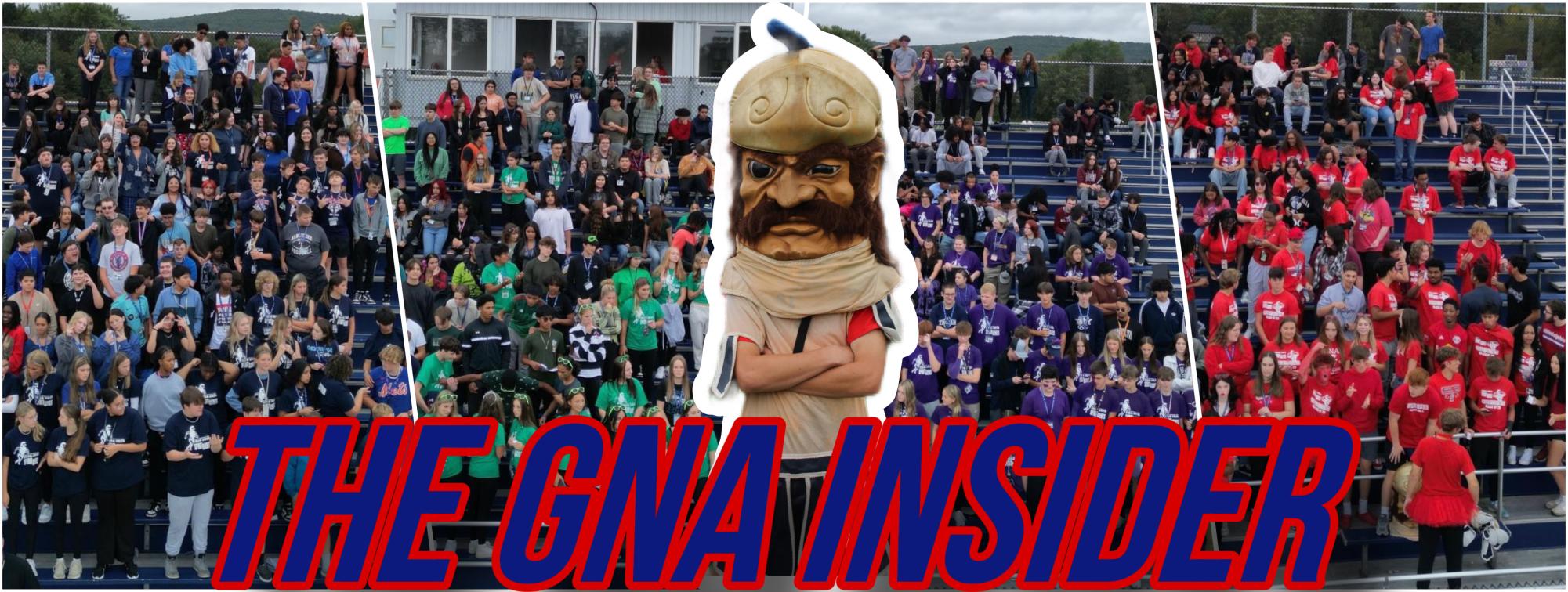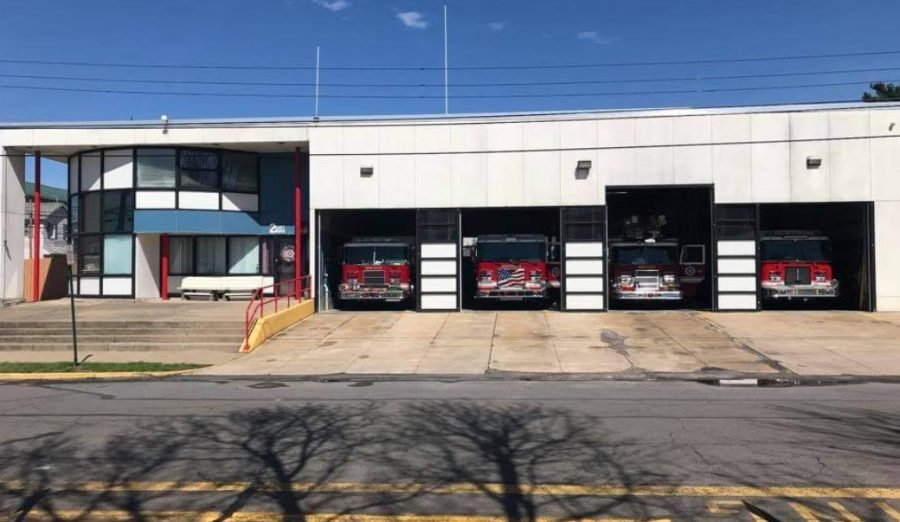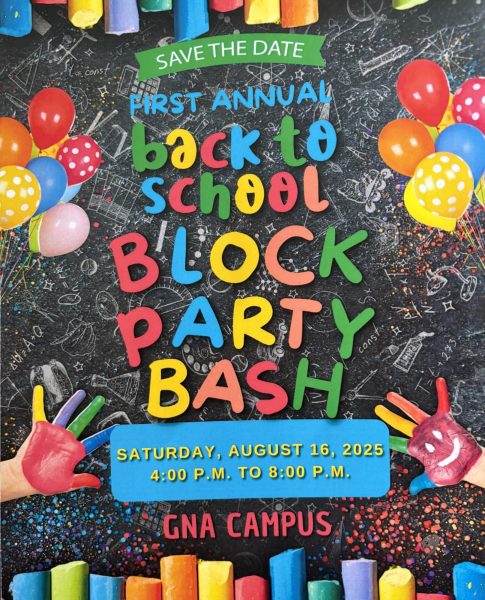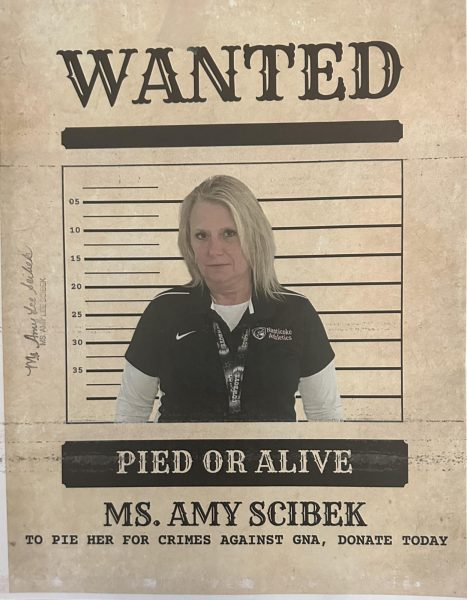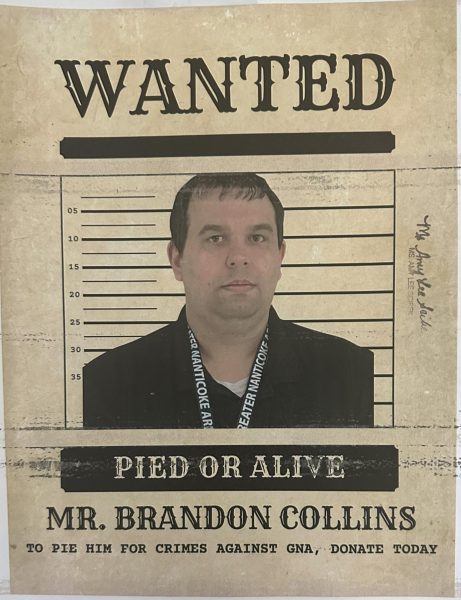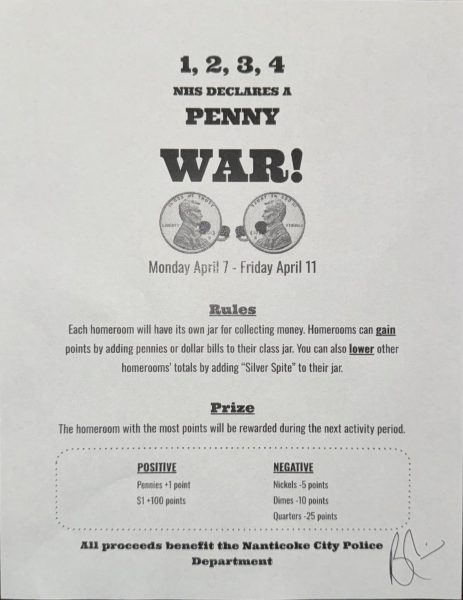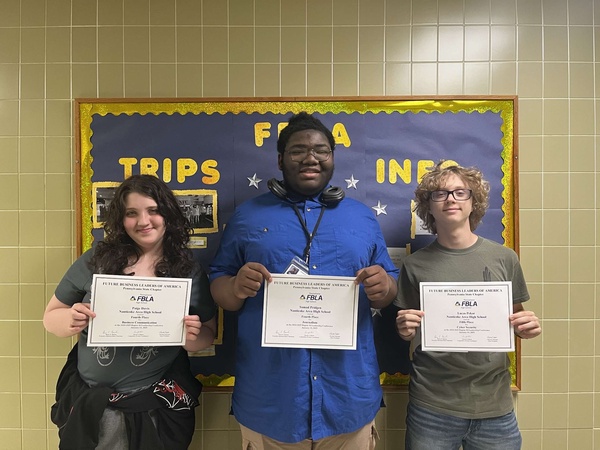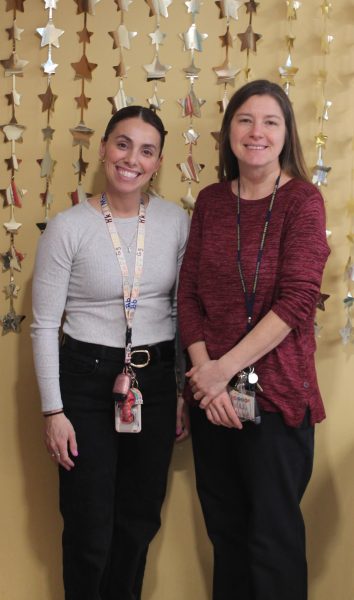Getting to know our firefighters
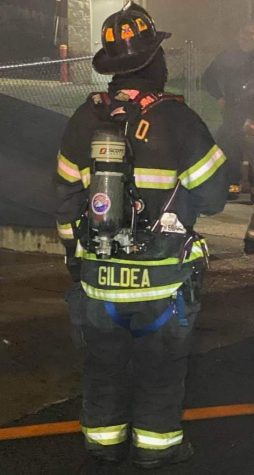
GNA Campus – Many people assume that a firefighter’s job is to just fight fires, but in reality, it’s not. Firefighters do more than fight fires – they serve and protect their community by going through hours of intensive training. Firefighters are on call to respond to many different emergencies. Most of the emergencies that firefighters respond to are medical issues. The GNA Insider got to interview firefighter Justin Gildea and fire chief Mark Boncal.
-Why did you choose to volunteer with the Fire Department? I choose to volunteer with the fire department mainly due to friends in the department before me. I was interested in firefighting and when I started to ask around I friended some other guys that were already members and then I joined.
What inspired you to become a firefighter? I was inspired to become a firefighter by my grandfather who was a member of the local fire department for many years.
-How have you prepared for the job of a firefighter? I prepared for the job by taking hours of training. The training for firefighting never ends. There are always new things that come out that the fire department needs to adapt to.
-What do you believe the daily responsibilities are of a firefighter? The daily responsibilities of a firefighter for me now as a career firefighter are to always be ready. That is daily checks of the gear we carry on the apparatus, and always being ready to respond when called upon.
-What advice would you give to someone interested in becoming a firefighter? I would tell anyone who is interested in becoming a firefighter to reach out to your local department and get involved. The profession is a rewarding one that allows you to make a difference in people’s lives at their worst moments.
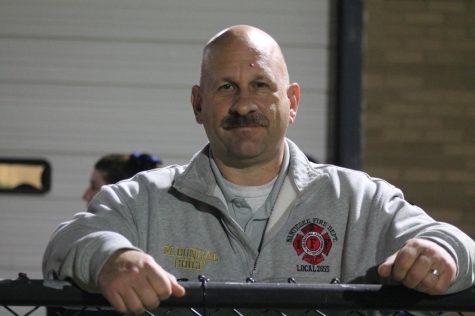
-Why did you choose to volunteer with the Fire Department?
In 1989 I joined the Nanticoke Fire Department as a volunteer. I was all about helping others in their time of need. With that, I wanted to do something for the community I live in. That is when I chose to be a volunteer. In 1994 I became a career firefighter with the City of Nanticoke.
-What inspired you to become a firefighter?
I grew up living across the street from the firehouse. When I was young, I always asked my dad to take me over to see the fire trucks. I was intrigued by all the equipment on the fire trucks. The TV show “Emergency” is what set my path. I was given a scanner by my uncle to listen to all the emergency calls with the fire department when I was around 10. I listened to it all the time.
-How have you prepared for the job of a firefighter?
When I joined as a volunteer, I was required to attain a Fundamentals of Firefighting course. This was a 48hr primary basic course needed before you could enter a burning building. As times have changed since the 80s, so has the way buildings are constructed. We constantly train to be up to date with new construction codes, and types of materials used and utilize different tactics and strategies to suppress fires.
-What do you believe the daily responsibilities are of a firefighter?
Daily responsibilities of a firefighter include checking our equipment and doing some type of training. Checking the equipment daily is most important to ensure that it is going to function properly. Our SCBA or Self-Contained Breathing Apparatus contains compressed air, not oxygen, which we use when we enter a burning building. This allows us to breathe clean air and not the superheated toxic gasses that are present. This is the first item we check in the morning. Sometimes batteries may need to be replaced. Batteries energize electronics within the SCBA allowing the firefighter to visually see in his facepiece how much air he has and in the event, he/she becomes trapped, it will activate a PASS (Personal Alerting Safety System) alarm. The apparatus is also checked to make sure the vehicle operates as it is intended to. Members will also go over their Turn Out Gear or TOG. This will give the firefighter a visual to check for any damage that could be catastrophic to a firefighter.
-What advice would you give to someone interested in becoming a firefighter?
When you become a firefighter, you don’t go to the firehouse just to “hang out.” There is a lot of training and familiarization with equipment to be done. An Essentials of Firefighting class today is approximately 188 hours of instruction. This requires much commitment from the individual. Sometimes with work status and family life, it becomes very difficult to complete. Those who complete the required training can function as a firefighter. Giving back to your community and helping those going thru their most difficult times to make it right, gives you a feeling of happiness that you were able to help someone.

My name is Annastasia O’Looney, I am a senior here at GNA and this is my first year writing with the GNA Insider. I have been living in Nanticoke for...


